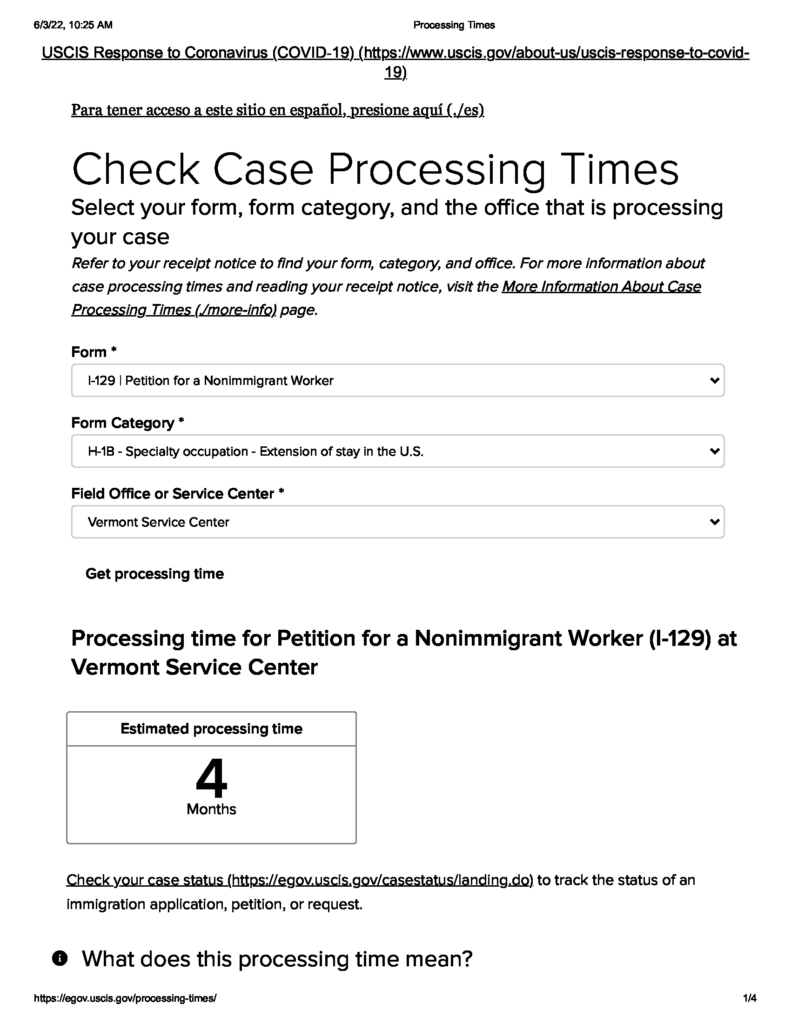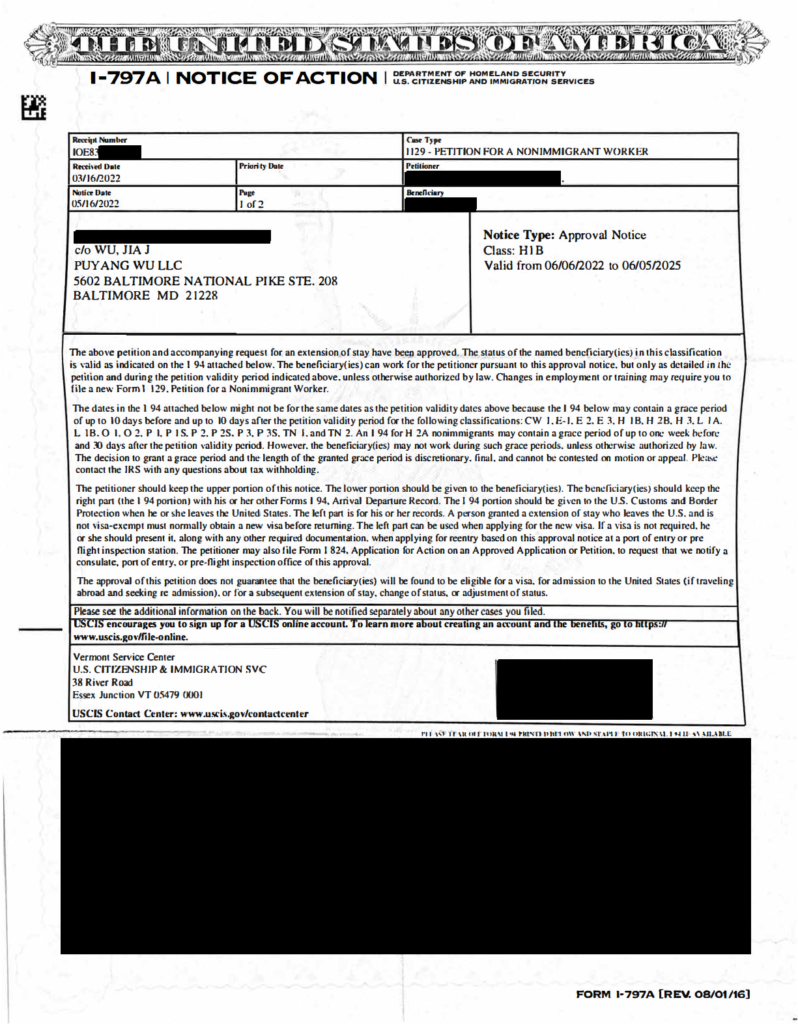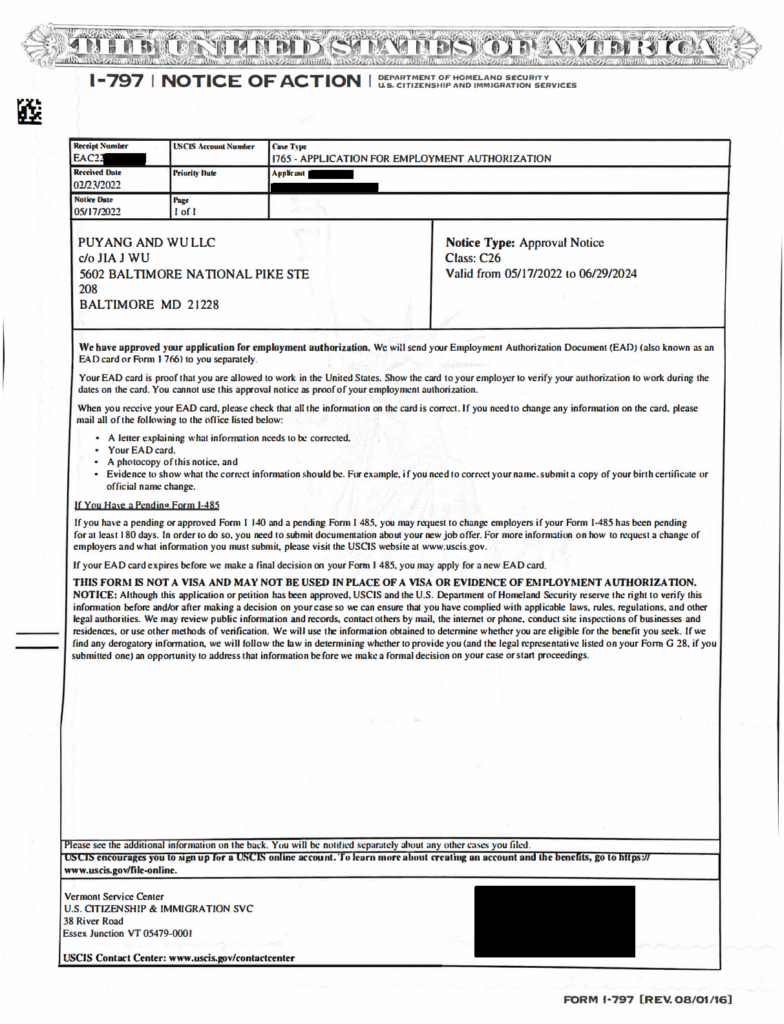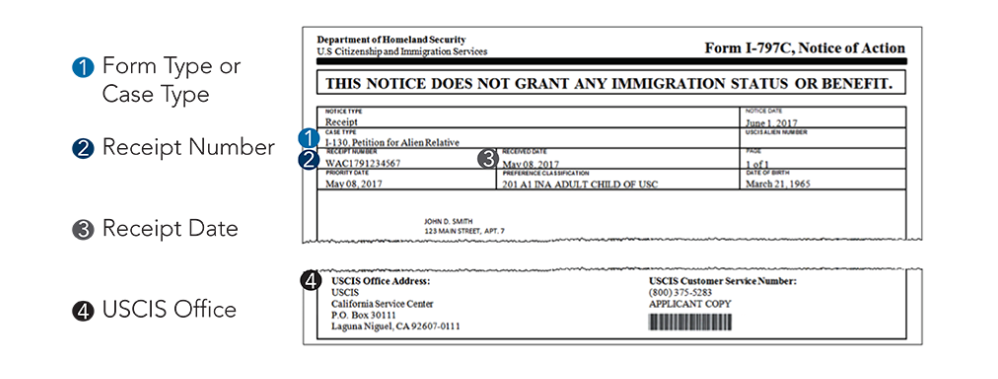On May 5, 2022, USCIS announced changes to simplify and improve how the agency communicates case processing time data to the public.
Users can now immediately find the processing time information for their particular type of case, rather than seeing an aggregate of all related case types. Additional changes include:
- Adding drop-down options for form categories will help narrow results to only the processing times that are relevant to a case and help a user understand their particular situation;
- Adding a case inquiry tool where the user can insert their receipt date and get an immediate answer on whether they should contact us with questions about their particular case; if so, benefit requestors will be provided a link to submit a case inquiry online;
- Displaying a single 80th percentile processing time (rather than a range) to simplify the information provided and improve the ability of users to estimate how long it is likely to take USCIS to process a benefit request;
The main improvement is that now you see a single processing time instead of a wide range. The single processing time displayed on the USCIS website is the amount of time it took to complete 80% of adjudicated cases over the last six months.
In our experience, the new processing time is fairly accurate for cases that have remained stable for the past year like H-1B extension. Below is a posted processing time and actual processing time of one of our cases. 4 months vs 2 months.


It is less accurate for cases that were known to be stuck in backlog in the past 2 years such as H-4 EAD and are recently being adjudicated at a faster rate. Below is a sample for H-4 EAD. 7 months vs 3 months.


